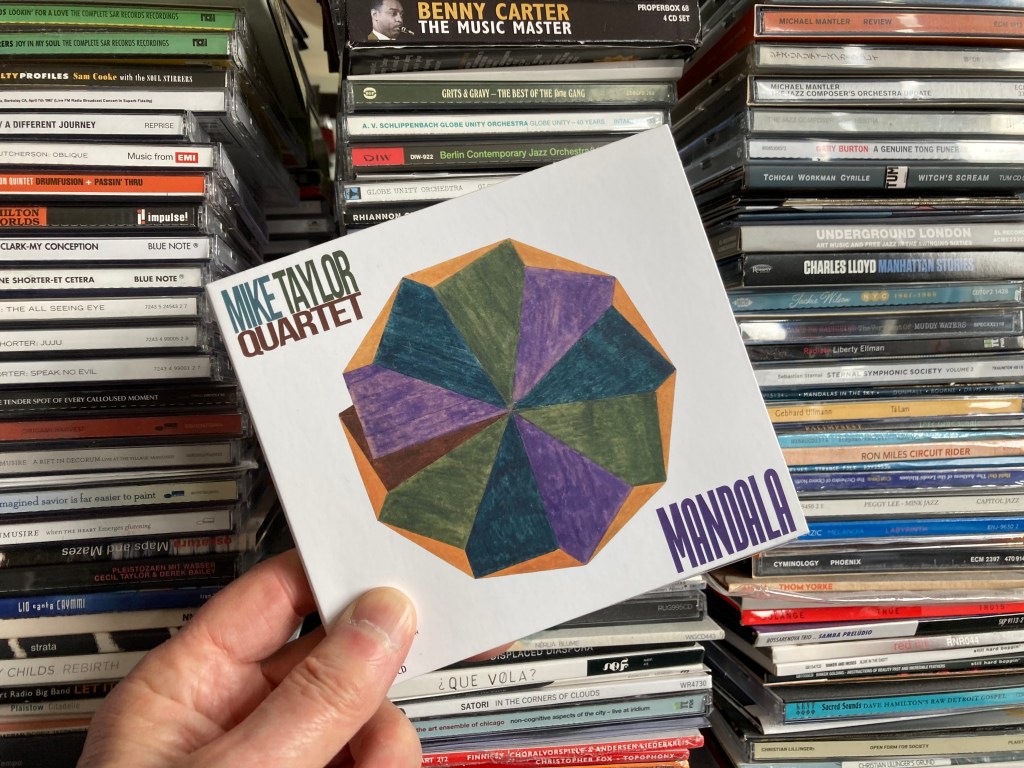A Mike Taylor discovery
When the English jazz pianist and composer Mike Taylor walked into the sea and died in 1969, aged 30, he left behind two albums — Pendulum, by his quartet, and the self-explanatory Trio, recorded in 1966 and ’67 respectively — as a memorial to a talent silenced by the kind of problems experienced by too many creative souls in that era.
Taylor’s gifts and instincts put him somewhere in the line of pianists running from Thelonious Monk through Herbie Nichols and Elmo Hope to the young Cecil Taylor. His playing had a similar sense of a private language being put on public display. There could be a hint of obsession in the way he jabbed at his phrases, testing their resistance before turning them to catch the light from a different angle, but there was nothing forbidding about his music.
His story, from bright promise to unexplained death, was told in a feature in Jazzwise magazine by Duncan Heining in 2007 and at greater length in a useful biography by the Italian writer Luca Ferrari, published six years ago. Taylor remains much mourned both by first-hand witnesses to his short career and by those who know him only from those two albums, produced by Denis Preston for EMI’s Columbia label and now collectors’ items.
A third Mike Taylor album, then, is quite a significant discovery. Mandala consists of a live session by Taylor’s regular quartet — with Dave Tomlin on soprano saxophone, Tony Reeves on double bass and Jon Hiseman on drums — at the Studio Club, Westcliff-on-Sea in January 1965. It was Hiseman who recorded the gig on a reel-to-reel machine and filed the tape away in his archive. On August 29 that year the same group would support the Ornette Coleman Trio in an historic concert at the Fairfield Halls, Croydon; the following May they would assemble at the Lansdowne Studios in Holland Park to record Pendulum.
Mandala contains one jazz standard and four of Taylor’s compositions, making 38 minutes of high-octane music in which the musicians display an obvious reverence for the John Coltrane Quartet of the early ’60s while conveying the impression that, given time and scope, they will find a way to move beyond the template towards the expression of their own character. It can be heard emerging in the hectic exuberance of “Night in Tunisia” — more linear and less dense than the version of the Gillespie favourite captured on Pendulum — and Taylor’s “Folk Dance #1” (a 6/8 tune with unexpected modulations), and in the interesting rhythm section figurations behind Tomlin on “Half Blue”.
Tomlin is the main soloist, confidently feeling his way towards a Trane-like level of incantation while keeping a few more emotional buttons done up. Reeves is slightly under-recorded, as was often the case on amateur recordings from the period, but he can be heard to work well with Hiseman, who is a rewardingly active presence throughout, providing an incessant but constantly stimulating commentary reminiscent to me of Charli Persip. Together they create a powerful momentum.
If there is a regret, it is that Taylor chose to take only two relatively short solos on this occasion, on “Son of Red Blues”, the agile opener, and “Night in Tunisia”. Both are typically intriguing, if somewhat subdued. There might have been a third solo: the title track, which closes the album (and was left untitled until the album’s compilers borrowed one from a painting by the pianist), fades to silence just as Tomlin closes his long, intense solo and Reeves appears to be bridging into what might have been a piano improvisation. Maybe the tape ran out. But Taylor’s accompaniments are so consistently interesting that this is a minor reservation: the point here is the music of a fine group, captured in full and free flight.
* Mandala is available as a download and a limited edition CD from the Jazz in Britain label: http://www.jazzinbritain.org. A vinyl release is forthcoming. Luca Ferrari’s Out of Nowhere: The Uniquely Elusive Jazz of Mike Taylor is published by Gonzo Multimedia.



